So Your Garden Style Is: Japanese
Bring peace and serenity to your outdoor space with some Japanese garden design elements
Carol Bucknell
27 August 2014
Houzz New Zealand Contributor. Journalist who lives in Auckland and specialises in writing about gardens, houses and design. Author of two books on garden design: Contemporary gardens of New Zealand and Big Ideas for Small Gardens both published by Penguin. I also design gardens and am a passionate gardener. Currently I write the garden pages for New Zealand magazine Your Home & Garden and contribute to NZ Gardener and NZ House & Garden magazines.
Houzz New Zealand Contributor. Journalist who lives in Auckland and specialises... More
That old saying about there being nothing new under the sun certainly holds true in garden design. The minimalist gardens that we are so fond of today have their roots in an ancient landscape tradition created by Japanese Buddhist and Shinto monks. Inspired by esoteric notions, such as spiritual contemplation, these Zen gardens comprised rocks and raked gravel to symbolise rivers and mountains.
While most contemporary minimalist gardens are more prosaic in their intentions – lack of maintenance often being their chief reason for being – it is still possible to also capture the sense of serenity and harmony found in traditional Japanese gardens. And let’s face it, who doesn’t need a place where they can retreat from the demands of a frenetic 21st-century lifestyle and find solace for the soul?
While most contemporary minimalist gardens are more prosaic in their intentions – lack of maintenance often being their chief reason for being – it is still possible to also capture the sense of serenity and harmony found in traditional Japanese gardens. And let’s face it, who doesn’t need a place where they can retreat from the demands of a frenetic 21st-century lifestyle and find solace for the soul?
JAPANESE GARDENS AT A GLANCE
You’ll love it if… you prefer serene outdoor spaces, have a disciplined approach to gardening and an abhorrence of clutter. You admire Japanese art and culture without necessarily wanting to turn your garden into a carbon copy of a Japanese tea garden.
Difficulty ranking: It can be hard for some gardeners to exercise restraint in their use of plants, materials and ornament, which is essential in Japanese gardens. Reasonable clipping skills are necessary to keep plants beautifully shaped, and regular maintenance a must to retain that vital manicured look.
Key plants: Bamboo, evergreens such as azaleas and box, maples and cloud-pruned conifers.
You’ll love it if… you prefer serene outdoor spaces, have a disciplined approach to gardening and an abhorrence of clutter. You admire Japanese art and culture without necessarily wanting to turn your garden into a carbon copy of a Japanese tea garden.
Difficulty ranking: It can be hard for some gardeners to exercise restraint in their use of plants, materials and ornament, which is essential in Japanese gardens. Reasonable clipping skills are necessary to keep plants beautifully shaped, and regular maintenance a must to retain that vital manicured look.
Key plants: Bamboo, evergreens such as azaleas and box, maples and cloud-pruned conifers.
Create intimate spaces
The Japanese landscape style works well in small, enclosed gardens. Larger gardens will need divisions (hedges, screens) to create serene, contemplative spaces. In this Melbourne garden, bamboo screens ensure those using the courtyard are not distracted by outside noise and views. You could use trellis, brushwood or even laser-cut metal screens for a similar effect. Screening is also useful if the architecture of your house would not complement the Japanese style. A busy, highly decorative house exterior would, for instance be visually distracting alongside a garden designed in a minimalist Japanese style.
The Japanese landscape style works well in small, enclosed gardens. Larger gardens will need divisions (hedges, screens) to create serene, contemplative spaces. In this Melbourne garden, bamboo screens ensure those using the courtyard are not distracted by outside noise and views. You could use trellis, brushwood or even laser-cut metal screens for a similar effect. Screening is also useful if the architecture of your house would not complement the Japanese style. A busy, highly decorative house exterior would, for instance be visually distracting alongside a garden designed in a minimalist Japanese style.
Use Japanese motifs in a modern way
In this Eastern-inspired garden in Sydney, the designer has used classic elements of Japanese gardens – rocks, a moon gate, water, Japanese maples and bamboo. But he has cleverly adapted them to a more contemporary style so the garden is a fusion of both influences.
In this Eastern-inspired garden in Sydney, the designer has used classic elements of Japanese gardens – rocks, a moon gate, water, Japanese maples and bamboo. But he has cleverly adapted them to a more contemporary style so the garden is a fusion of both influences.
Or combine with a softer landscape style
If you find the Japanese style too minimalist for your taste, try using certain key elements in a more heavily planted garden such as this one. Here, the garden owners wanted to combine both Japanese and English garden styles. The stone bridge, pond and teahouse-like garden pavilion are surrounded by English perennials and grasses, which soften the structures and create a harmonious, green space that is true to both traditions.
If you find the Japanese style too minimalist for your taste, try using certain key elements in a more heavily planted garden such as this one. Here, the garden owners wanted to combine both Japanese and English garden styles. The stone bridge, pond and teahouse-like garden pavilion are surrounded by English perennials and grasses, which soften the structures and create a harmonious, green space that is true to both traditions.
Just add water
In this same garden, we see water imaginatively used in the stylised form of many Japanese gardens. Water is an essential element in Japanese garden design, but if a pond is beyond your means, consider a water basin, or a small bamboo water spout. In larger gardens, you might opt for naturalistic streams, ponds and waterfalls with goldfish and even a bridge like this one.
More: 9 Reasons You Need a Fish Pond In Your Garden
In this same garden, we see water imaginatively used in the stylised form of many Japanese gardens. Water is an essential element in Japanese garden design, but if a pond is beyond your means, consider a water basin, or a small bamboo water spout. In larger gardens, you might opt for naturalistic streams, ponds and waterfalls with goldfish and even a bridge like this one.
More: 9 Reasons You Need a Fish Pond In Your Garden
Use pebble mulches to cover the ground...
A key aspect of many traditional Japanese gardens is the use of pebbles and rocks rather than lawns as a ground surface. The most famous example of this in Japan is the serenely beautiful Zen garden of Ryōan-ji in Kyoto. Composed mainly of raked gravel symbolising streaming water and groupings of rocks and stones, mosses are the only plants in this famous garden.
A key aspect of many traditional Japanese gardens is the use of pebbles and rocks rather than lawns as a ground surface. The most famous example of this in Japan is the serenely beautiful Zen garden of Ryōan-ji in Kyoto. Composed mainly of raked gravel symbolising streaming water and groupings of rocks and stones, mosses are the only plants in this famous garden.
...and give them a contemporary twist
In this internal Perth courtyard, the pebble mulch and evergreen plants such as cycads and Nandina domestica (heavenly bamboo) give the space a Japanese look albeit with a modern flavour. The sculptural quality of the cycads is another important aspect of Japanese garden design, their colour and shape enhanced by the texture of the grey pebble mulch. Carefully clipped bonsai, trees and shrubs could also be used in the same way.
In this internal Perth courtyard, the pebble mulch and evergreen plants such as cycads and Nandina domestica (heavenly bamboo) give the space a Japanese look albeit with a modern flavour. The sculptural quality of the cycads is another important aspect of Japanese garden design, their colour and shape enhanced by the texture of the grey pebble mulch. Carefully clipped bonsai, trees and shrubs could also be used in the same way.
Keep ornaments to a minimum...
By all means incorporate a traditional Japanese lantern or water basin (tsukubai) in your garden, but don’t overdo it as this can easily look contrived. Japanese design is all about restraint. With all elements, uneven numbers are best.
Create interesting groupings as in this garden, which combines a lantern and boulders in a balanced yet asymmetrical relationship. You could also try pots of maples and bonsai with a water basin, a buddha or a stone lantern. Avoid brightly coloured features and containers; stone, concrete and dark-coloured glazed pots suit the Japanese garden style best.
By all means incorporate a traditional Japanese lantern or water basin (tsukubai) in your garden, but don’t overdo it as this can easily look contrived. Japanese design is all about restraint. With all elements, uneven numbers are best.
Create interesting groupings as in this garden, which combines a lantern and boulders in a balanced yet asymmetrical relationship. You could also try pots of maples and bonsai with a water basin, a buddha or a stone lantern. Avoid brightly coloured features and containers; stone, concrete and dark-coloured glazed pots suit the Japanese garden style best.
...and don’t go overboard on plant species
How many different species you use depends on the size of your garden, of course. Around three to five is ideal in smaller courtyards and seven to nine in larger gardens. Traditional Japanese garden species include azaleas, bamboo (use clumping varieties only), box, camellias, conifers, maples and yew. Other exotic plants to consider for a Japanese look include: Heuchera, Hosta, ferns, reeds, mondo grass, dwarf crabapple, flowering Japanese quince (Chaenomeles japonica), Spiraea, dwarf heavenly bamboo (Nandina domestica ‘Pygmaea’) and Japanese snowball (Viburnum plicatum).
How many different species you use depends on the size of your garden, of course. Around three to five is ideal in smaller courtyards and seven to nine in larger gardens. Traditional Japanese garden species include azaleas, bamboo (use clumping varieties only), box, camellias, conifers, maples and yew. Other exotic plants to consider for a Japanese look include: Heuchera, Hosta, ferns, reeds, mondo grass, dwarf crabapple, flowering Japanese quince (Chaenomeles japonica), Spiraea, dwarf heavenly bamboo (Nandina domestica ‘Pygmaea’) and Japanese snowball (Viburnum plicatum).
Create a place to contemplate
Always ensure there is at least one place to sit and contemplate the garden. Not all of us can have a stunning floating pavilion overlooking a lily pond like this one in our gardens. However, a simple bench seat or even a large, carefully positioned boulder will allow you to sit back and quietly enjoy the beauty of your Japanese garden.
MORE
How to Create a Zen-Inspired Home
20 Inspiring Asian-Style Bathrooms
Wonderful Ways to Use Water in the Garden
So Your Style Is: Asian
Always ensure there is at least one place to sit and contemplate the garden. Not all of us can have a stunning floating pavilion overlooking a lily pond like this one in our gardens. However, a simple bench seat or even a large, carefully positioned boulder will allow you to sit back and quietly enjoy the beauty of your Japanese garden.
MORE
How to Create a Zen-Inspired Home
20 Inspiring Asian-Style Bathrooms
Wonderful Ways to Use Water in the Garden
So Your Style Is: Asian
Related Stories
Working with Professionals
Pro Panel: How Far in Advance Should I Hire a Garden Designer?
From the key stages and likely schedules to the best times for planting, three UK garden designers share their top tips
Full Story
Most Popular
5 Steps to Finding the Right Landscape Designer for Your Home
If you dream of a green retreat but your reality is more backyard bungle, knowing how to choose a landscaper is key
Full Story
Gardens
8 Common Landscaping Challenges and How Experts Solved Them
These USA landscape pros tackled everything from steep slopes to poor drainage in homeowners’ projects – here's how
Full Story
Outdoors
7 Landscape Design Ideas to Replace Your Lawn
Consider a design that welcomes wildlife, requires less maintenance, encourages gathering and better suit your needs
Full Story
Outdoors
What a Landscape Architect Really Does
Is a landscape architect the best for your home's surrounds? Finding out what they're all about is the first step to take
Full Story
Quizzes
What’s Your Dream Garden Style?
Answer seven questions in our fun quiz to reveal your perfect style of garden
Full Story
Garden Design
Garden of the Week: A Smart, Sliding Cover Over a USA Plunge Pool
By Becky Harris
How an expert team, a clever composition and a sliding pool cover made the most of a modest-sized backyard in Texas, USA
Full Story
Gardening
8 Design Moves to Give a Flat, Bland Garden More Depth or Height
Sunken patios, stacked garden beds, berms and other features are a great way to add interest to level outdoor spaces
Full Story
Houzz Around The World
Spain Garden Tour: A Mediterranean Makeover With Colour & Texture
Once neglected, this naturalistic garden is now a series of outdoor rooms with idyllic spots to swim, dine and relax
Full Story
Gardens
Winning Gardens: Melbourne International Flower & Garden Show
Inspo alert! Don't miss the award-winning show gardens at Australia's biggest and best annual garden design fair
Full Story

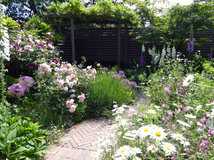
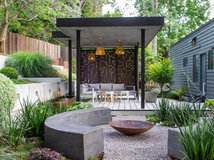
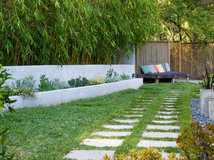

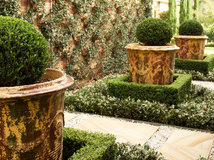

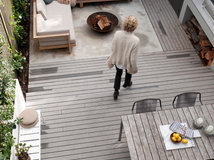
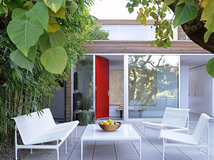




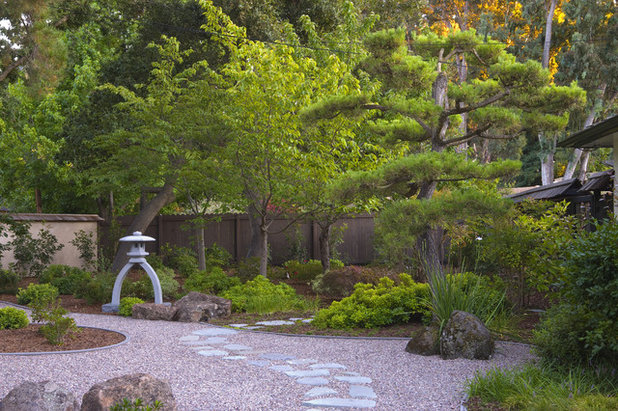
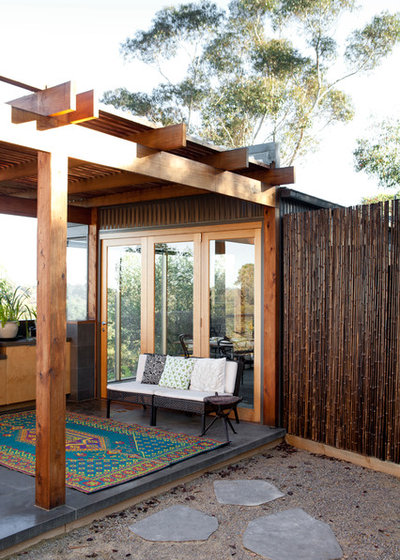
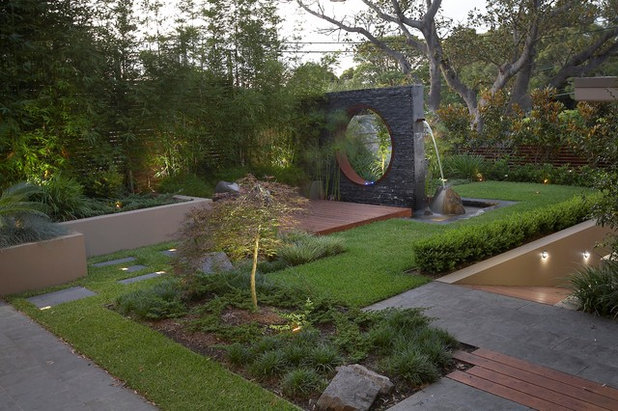
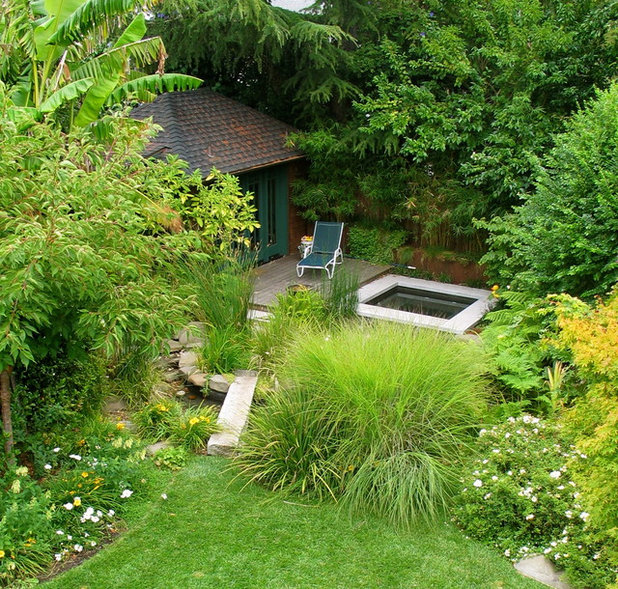
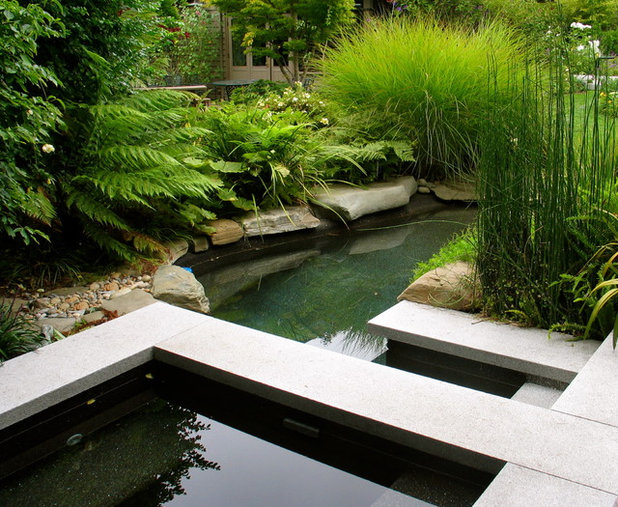
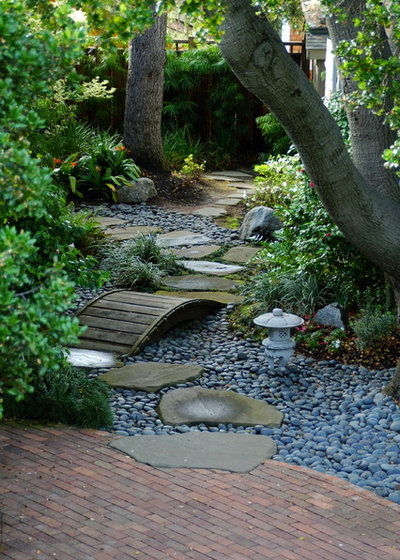
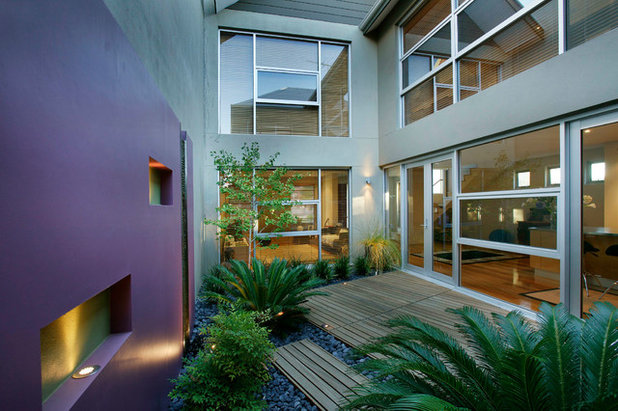

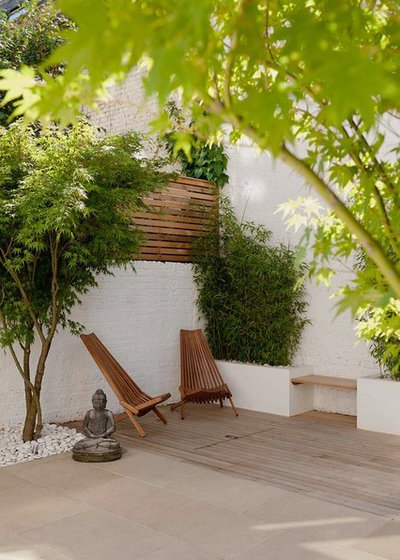
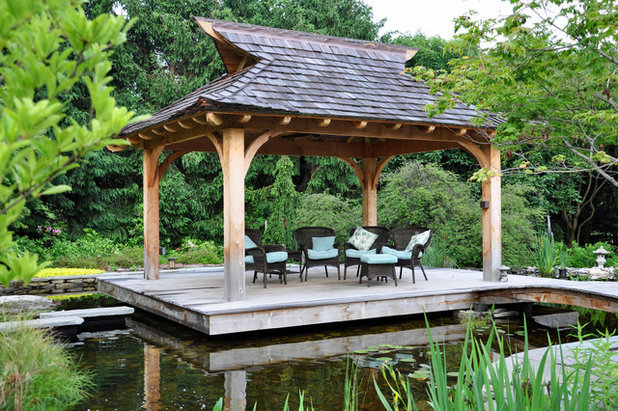


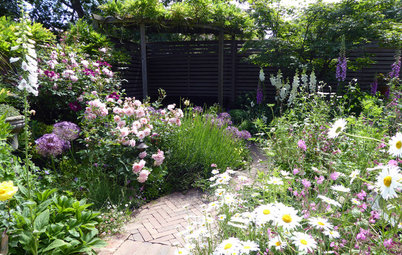

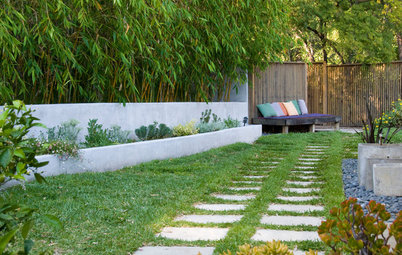

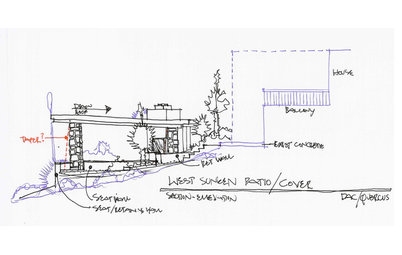
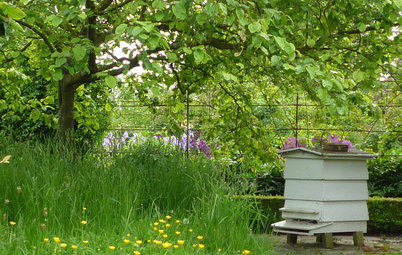

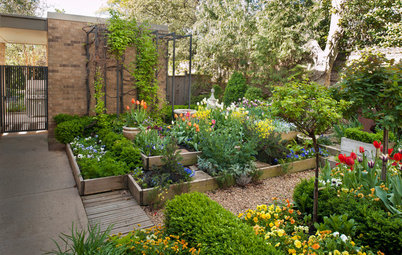
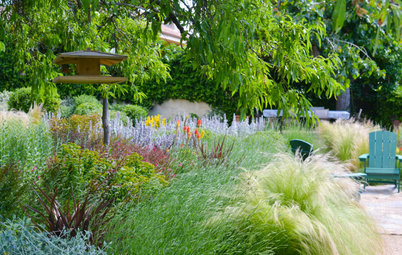
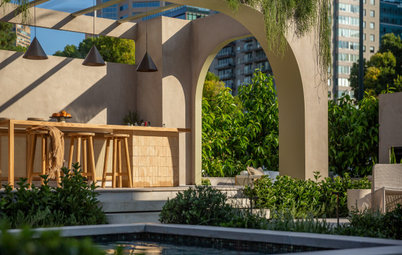
It's important too to incorporate all your senses in a Japanese garden. The sounds of water dropping and bamboo in the wind is an intrinsic part of a traditional Japanese garden and is just as important as your plant choices. Make sure that everything flows. Where possible stepping stones or flowing water should lead somewhere and not just finish in the middle of nowhere. Pay attention to balance and don't overcrowd. Less is more in a Japanese garden.